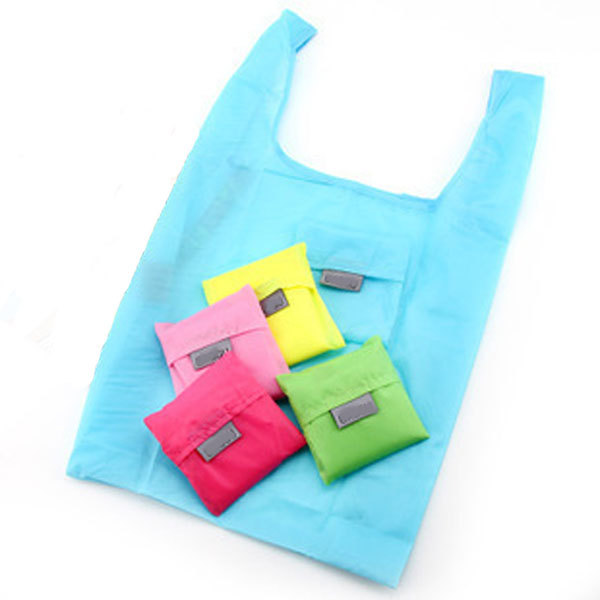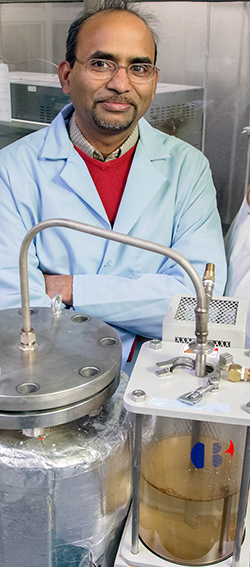 Registration is now open for the 2016 Illinois Green Office Challenge (IGOC), a friendly competition to see which Illinois organization can accumulate the most points by conserving energy and water, reducing waste, and saving money.
Registration is now open for the 2016 Illinois Green Office Challenge (IGOC), a friendly competition to see which Illinois organization can accumulate the most points by conserving energy and water, reducing waste, and saving money.
The competition will launch with a kickoff and informational session at 4:30 – 6 p.m., Thursday, Feb. 25 at the Illinois Sustainable Technology Center (ISTC), 1 Hazelwood Drive, Champaign.
Last year the Challenge began in the Central Illinois communities of Champaign-Urbana, Peoria, and Bloomington-Normal. The U.S. Army Corps of Engineers, Construction Engineering and Research Laboratory in Champaign was the highest scorer in the region. This year offices statewide are encouraged to sign up.
Contestants can start piling up points Tuesday, March 1, as they begin to score points for completing specific sustainability activities at their facilities.
Money-saving ideas and assistance will be provided by ISTC, a division of the Prairie Research Institute at the University of Illinois at Urbana-Champaign.

The Challenge website provides participants with the information and tools they need to compete and complete activities, and a live leaderboard will track their scores, as well as those of other competitors from across the state. At the end of the Challenge, participants will be acknowledged for their hard work through media, peer recognition, and year-end awards. The Challenge welcomes all public and private buildings that are used primarily for office space.
There is an administrative fee of $50 for registration, but it can be waived if it is a barrier to participation. Questions can be directed to Bart Bartels: bbartel@illinois.edu.
A Peoria-area kickoff is scheduled for Thursday March 3. Additional community meetings and informational workshops will be scheduled as organizations and communities sign up. For complete information, visit the IGOC website at https://www.illinoisgoc.com/.




 Reusable shopping bags – Avoid having to choose between paper or plastic and which one might be better for carrying different items vs. their environmental impact by investing in reusable shopping bags. Usually they fold up into small bundles and can be left in the car so you will never forget them when you are at the store.
Reusable shopping bags – Avoid having to choose between paper or plastic and which one might be better for carrying different items vs. their environmental impact by investing in reusable shopping bags. Usually they fold up into small bundles and can be left in the car so you will never forget them when you are at the store. Donating old stuff – With the New Year comes Spring Cleaning. Don’t just toss out all that junk and old clothes; many reuse stores such as Goodwill or Habitat for Humanity will take all sorts of items from small appliances, furniture, silverware, to clothes, decorations, and games. This way you can keep stuff out of the landfill and get a tax benefit and/or the pleasure of giving items which others can use!
Donating old stuff – With the New Year comes Spring Cleaning. Don’t just toss out all that junk and old clothes; many reuse stores such as Goodwill or Habitat for Humanity will take all sorts of items from small appliances, furniture, silverware, to clothes, decorations, and games. This way you can keep stuff out of the landfill and get a tax benefit and/or the pleasure of giving items which others can use!






